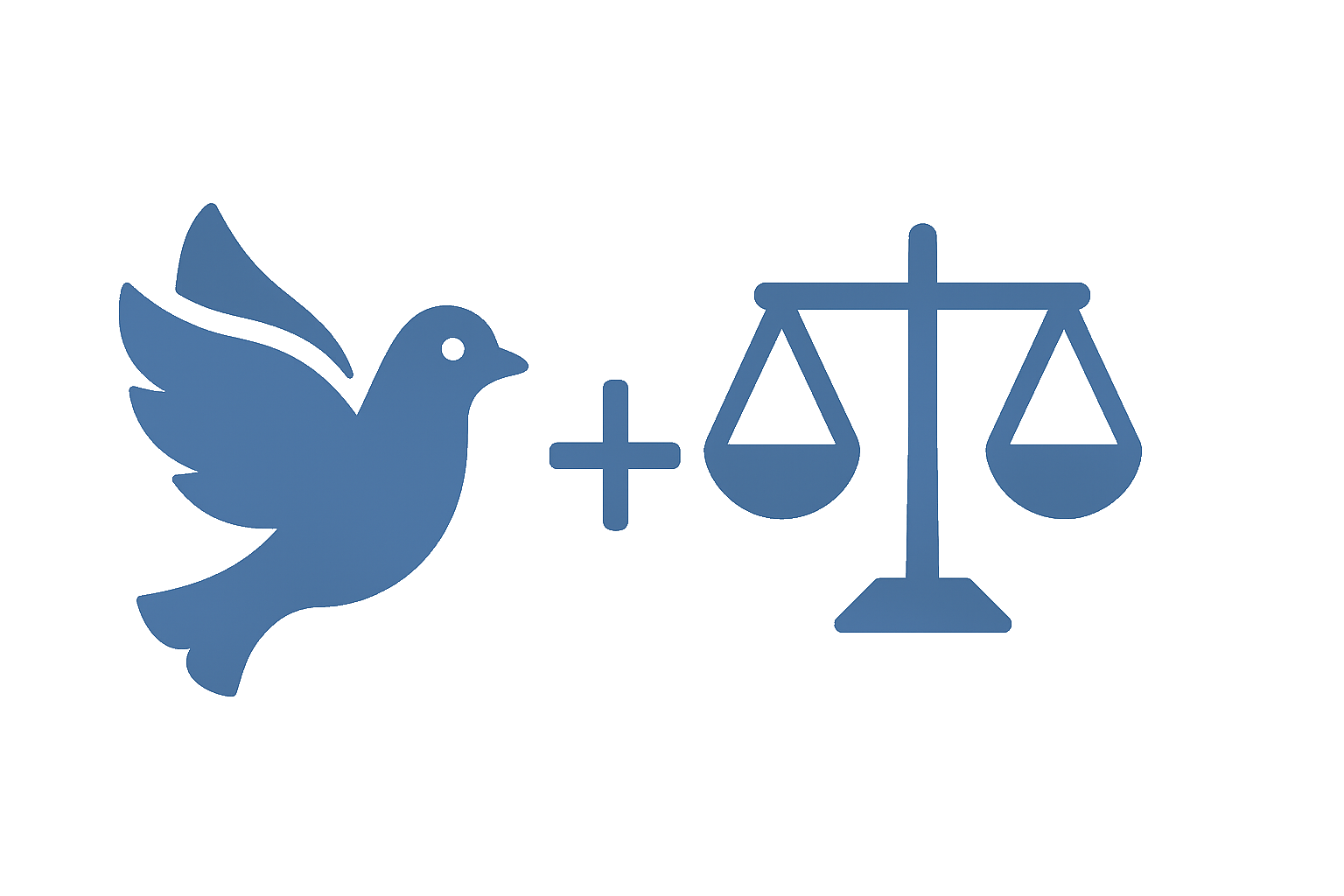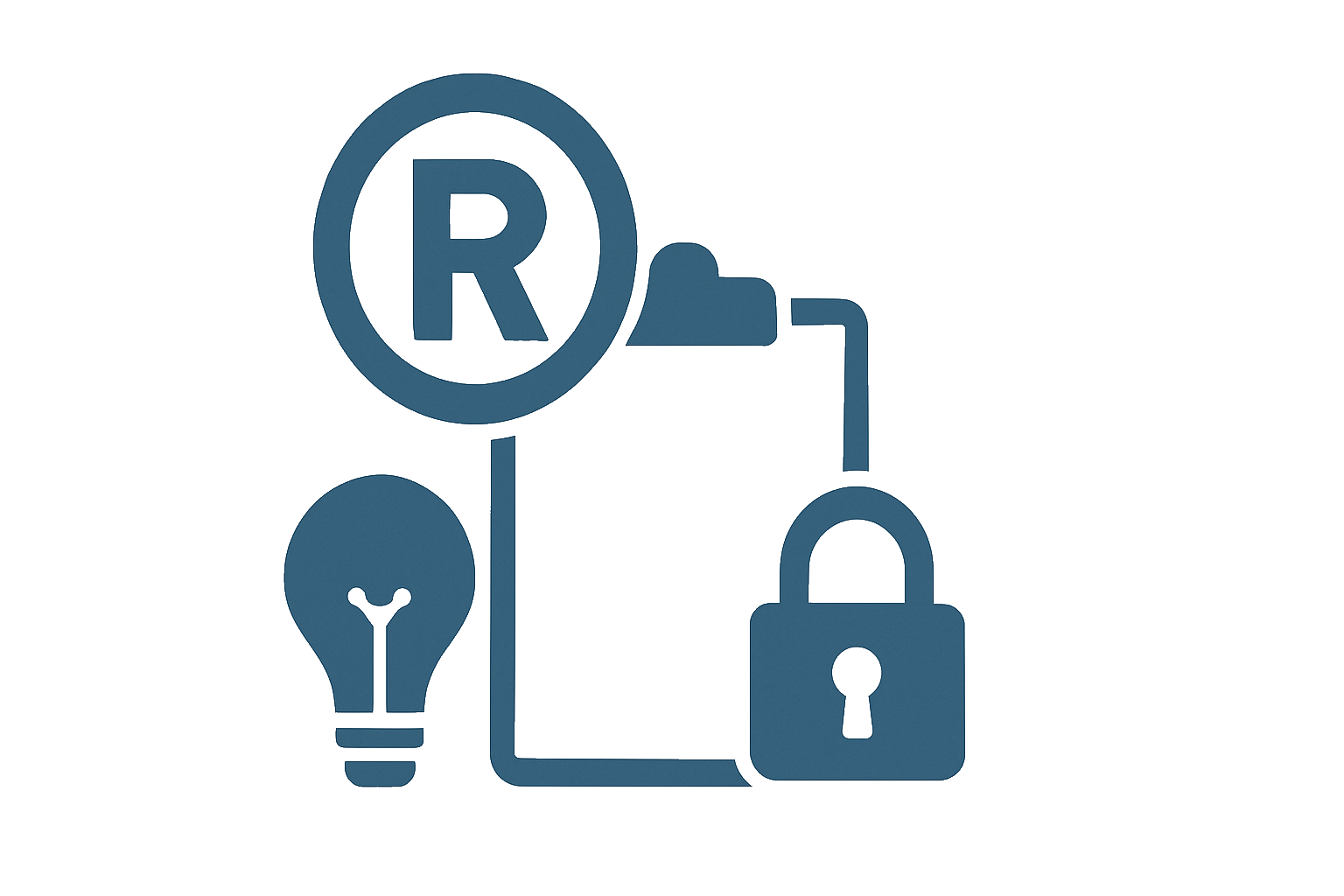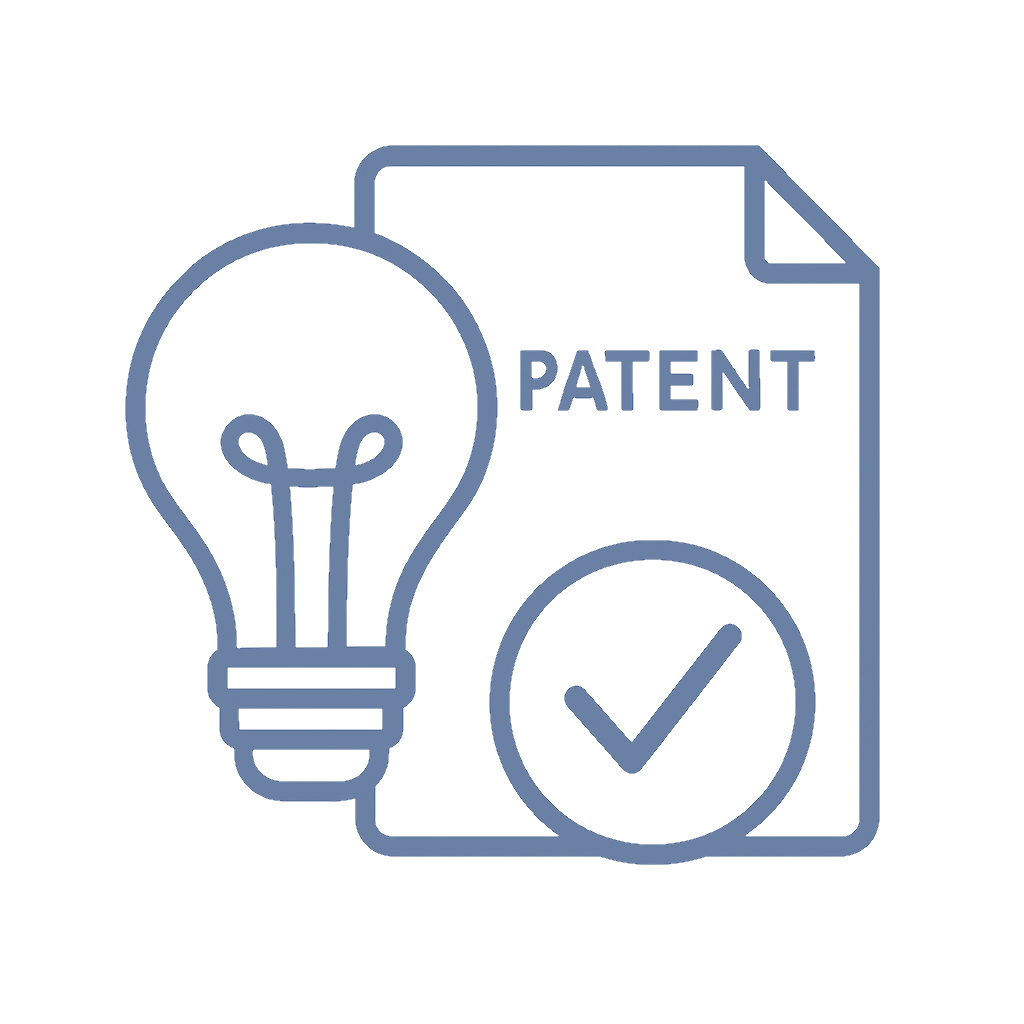📌 Quick Summary
1-Sentence Answer
Doctors never swore to “do no harm,” but maybe lawyers should — because while medicine heals bodies, law often wounds trust.
The Article Overview
This article uncovers the myth of the “do no harm” oath, explores why lawyers — not doctors — might need it most, and examines how an ethical reset could reshape modern legal practice. We’ll dive into history, competition, debates, and real-world applications to see if “do no harm” could become the new gold standard for attorneys.
❓ Common Questions & Answers
Q1: Did doctors actually swear to “do no harm”?
No — that exact phrase isn’t in the Hippocratic Oath. It’s a simplified misinterpretation of a broader idea about ethical restraint in medicine.
Q2: Why might lawyers need a “do no harm” oath more than doctors?
Because the law, unlike medicine, can inflict reputational, financial, and emotional harm — sometimes even when attorneys act “legally.”
Q3: Would such an oath change legal practice?
Potentially yes. It could encourage more integrity, reduce adversarial behavior, and elevate trust between clients and solicitors.
Q4: How would it affect malpractice and accountability?
A “do no harm” ethic could reduce misconduct claims and improve client satisfaction — making attorneys think twice before strategic harm.
Q5: Is this idea already happening anywhere?
Yes. In parts of the UK and Canada, bar associations are exploring ethical codes that align closer to restorative justice principles.

📜 Step-by-Step Guide
Step 1: Reexamine the real Hippocratic Oath — and what “harm” truly means in context.
Step 2: Identify areas in legal practice where harm occurs (client pressure, emotional toll, exploitation).
Step 3: Define what “harm” means for lawyers: not physical, but moral, psychological, and financial.
Step 4: Draft an ethical oath tailored to law firms — focused on fairness, compassion, and accountability.
Step 5: Train lawyers to live by it — integrating it into law school curriculums and bar associations globally.
📖 Historical Context
The “do no harm” phrase never appeared in the original Hippocratic Oath written around the 5th century BCE. The actual text focuses on loyalty to teachers, the sanctity of patient privacy, and avoiding abuse of power — all themes surprisingly relevant to the legal profession. Over time, this ancient medical code morphed into the catchy, tweet-sized moral slogan we know today.
Meanwhile, the legal profession has long wrestled with its own ethical ghosts. From ancient Roman advocates to modern-day litigators, the lawyer’s code has been reactive, not proactive — punishing harm after the fact rather than preventing it. The American Bar Association’s Model Rules of Professional Conduct, for instance, focus on disciplinary enforcement, not daily moral reflection.
In contrast, medicine’s moral narrative evolved around care and empathy. Lawyers, however, often celebrate victory, even when someone loses catastrophically. That cultural distinction — care versus combat — reveals why the legal field might benefit from adopting a “do no harm” mindset, even if it’s borrowed from a misquoted myth.
🏢 Business Competition Examples
1. Clifford Chance (UK): Introduced internal “ethical practice reviews” to minimize harm in client representation.
2. Morrison & Foerster (U.S.): Created a “values-based practice code” prioritizing fairness and client wellbeing over profit.
3. Dentons Canada: Partnered with mental health experts to train attorneys on non-adversarial communication.
4. Linklaters (Global): Piloted a “harm reduction” initiative in disputes — a concept borrowed from healthcare ethics.
💬 Discussion Section
The irony is delicious: the medical field never actually swore to “do no harm,” yet behaves as though it did. Meanwhile, the legal profession, sworn to uphold justice, often rationalizes harm as part of the job. Clients are crushed by process costs, reputations are shredded, and emotional damage is brushed off as “collateral consequence.”
Imagine if attorneys, like physicians, operated under a moral constraint — a duty to minimize harm even when aggressive tactics are technically permissible. What would change? Everything from negotiation tone to billing practices. “Do no harm” could become the ethical rudder law desperately needs, steering it back toward humanity.
But let’s be real: lawyers are trained gladiators. The adversarial system rewards sharp elbows, not gentle hands. Introducing “do no harm” into that world would demand a cultural reboot. Law schools would have to replace their obsession with precedent and profit with empathy and ethics. Firms would need to redefine success — not just by client wins, but by the absence of harm caused.
Interestingly, this reform isn’t far-fetched. In Canada, the Federation of Law Societies has explored “civility” frameworks that go beyond rule compliance to moral accountability. In the UK, the Solicitors Regulation Authority has begun emphasizing “wellbeing and respect” as professional duties. Even in the U.S., bar associations are recognizing that unchecked aggression and burnout harm both clients and lawyers alike.
In short: if doctors never needed to swear “do no harm” to practice compassion, perhaps lawyers shouldn’t need to — but they absolutely should want to.

⚖️ The Debate
🩺 Pro-Oath Argument:
A “do no harm” oath for lawyers would elevate moral standards, prevent client exploitation, and restore public trust. It would move the profession from reactive punishment to proactive care.
💼 Counter-Argument:
Law is adversarial by nature. Avoiding harm isn’t always possible — especially when representing competing interests. Overregulation of morality could stifle effective advocacy.
✅ Key Takeaways
-
“Do no harm” was never part of the Hippocratic Oath — it’s a modern myth.
-
Lawyers often cause harm within legal boundaries.
-
A “do no harm” ethic could foster compassion and restore trust.
-
Real ethical change requires systemic shifts — not slogans.
-
The law could borrow the spirit of medicine, even if the quote is fake.
⚠️ Potential Business Hazards
-
Ethical reforms may increase compliance costs.
-
Overly broad “harm” definitions could create legal gray zones.
-
Resistance from senior partners rooted in traditional adversarial models.
-
Risk of client perception that “gentle lawyering” equals weaker advocacy.
❌ Myths & Misconceptions
-
Myth: Doctors swear “do no harm.”
Fact: That phrase doesn’t appear in any version of the Hippocratic Oath. -
Myth: Legal ethics already cover moral harm.
Fact: Most focus on procedural compliance, not emotional or reputational impact. -
Myth: Compassion weakens advocacy.
Fact: Empathy often leads to better outcomes and stronger client loyalty.

📚 Book & Podcast Recommendations
-
Book: “The Honest Truth About Dishonesty” by Dan Ariely — https://danariely.com/books/the-honest-truth-about-dishonesty/
-
Book: “Justice: What’s the Right Thing to Do?” by Michael Sandel — https://justiceharvard.org/justice-the-book/
-
Podcast: “The Lawyerist Podcast” — https://lawyerist.com/podcast/
-
Podcast: “Revisionist History: The Moral Hazard” by Malcolm Gladwell — https://www.pushkin.fm/podcasts/revisionist-history
⚖️ Legal Cases
-
Nix v. Whiteside (1986) — https://supreme.justia.com/cases/federal/us/475/157/
Relevance: Established that a lawyer’s duty to prevent client perjury outweighs loyalty. -
Maples v. Thomas (2012) — https://supreme.justia.com/cases/federal/us/565/266/
Relevance: Demonstrated how attorney negligence can cause irreparable client harm. -
In re Snyder (1985) — https://supreme.justia.com/cases/federal/us/472/634/
Relevance: Explored professionalism and civility as part of ethical conduct. -
Upjohn Co. v. United States (1981) — https://supreme.justia.com/cases/federal/us/449/383/
Relevance: Highlighted attorney-client communication ethics within corporate settings.
📣 Expert Invitation
If you’re an attorney, ethicist, or law student with thoughts on reshaping the moral framework of legal practice, share your insights at http://inventiveunicorn.com — we’re fostering a conversation about compassion in advocacy.

🔚 Wrap-Up Conclusion
Doctors never swore to “do no harm.” They just act like they did. Lawyers, on the other hand, could use that myth as a mirror — a reminder that power without empathy harms justice itself. Maybe it’s time to make “do no harm” the oath lawyers actually take — not because it’s ancient, but because it’s overdue.











